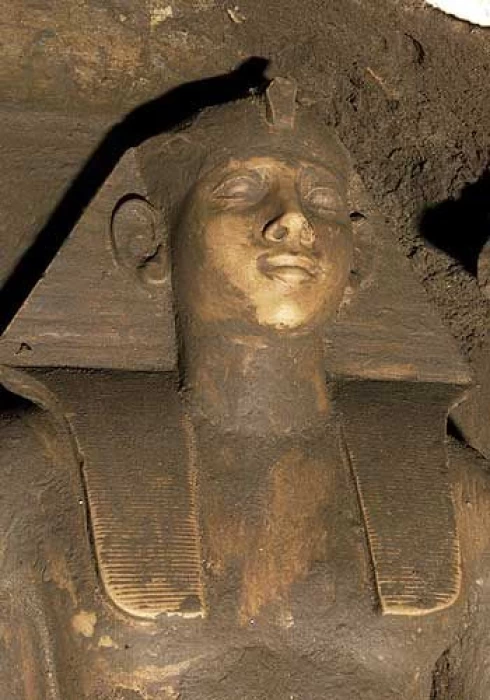
The Thirteenth Dynasty of the History of Ancient Egypt
The 13th Egyptian family, the first to begin in its time the invasion of the Hexus to Egypt, shares with the 11th family, the 12th family and the fourteenth family in the Middle State's history. The family's reign began in the period 1803-1649 BC. M). under the Middle Pharaonic State. Second transitional period (1782-1550 BC) m) [1]. After the collapse of the twelfth family, the thirteenth family was taken from (Eith Tawi) as its capital, as before.
Most of the kings of this family came from Thebes. In the era of this family, the hexus took over Egypt during the reign of King Didumcio I (Totemayos at Maneton) around 1675 BC. This was the end of her, although some of her kings continued to rule even after the fall of Minf, but of course their influence diminished and they were confined to the delta and no longer controlled only limited areas of Egypt after they were kings of all of Egypt.
The period between the end of the central State and the beginning of the modern State is little more than 200 years, which included the thirteenth and fourteenth Egyptian families, and the three Hispanic families (15 to 17). In fact, the period of occupation of Egypt's "hexus" is only 100 years.
The mayors of Saha took advantage of the opportunity to weaken the 13th family and resigned from the present city of Saha in Kafr el-Sheikh governorate, with founders, but this family did not last long after the 13th family fell.
Thus, in this period of its history, Egypt's rule was distributed between the 13th monarchs of the family in the south and the Sakha princes in the west of the delta, while the hexus controlled its east, where they were taken from a city Aaris, located in the east of the delta as their capital, also took from the Egyptian god six idols and placed the name of the god Ra in their royal titles, indicating that they were affected and dissolved in Egyptian culture in some way.
At the end of the 13th dynasty, Egypt was divided into three main kingdoms: the Hexus Kingdom, which controlled the Delta and Central Egypt, the Taiba Kingdom, which emerged in the Upper Egypt and formed the seventeenth dynasty, and then the Nuba Kingdom, which was ruled by the Emir of Nobi, controlled the South from Fentin to Karma.















